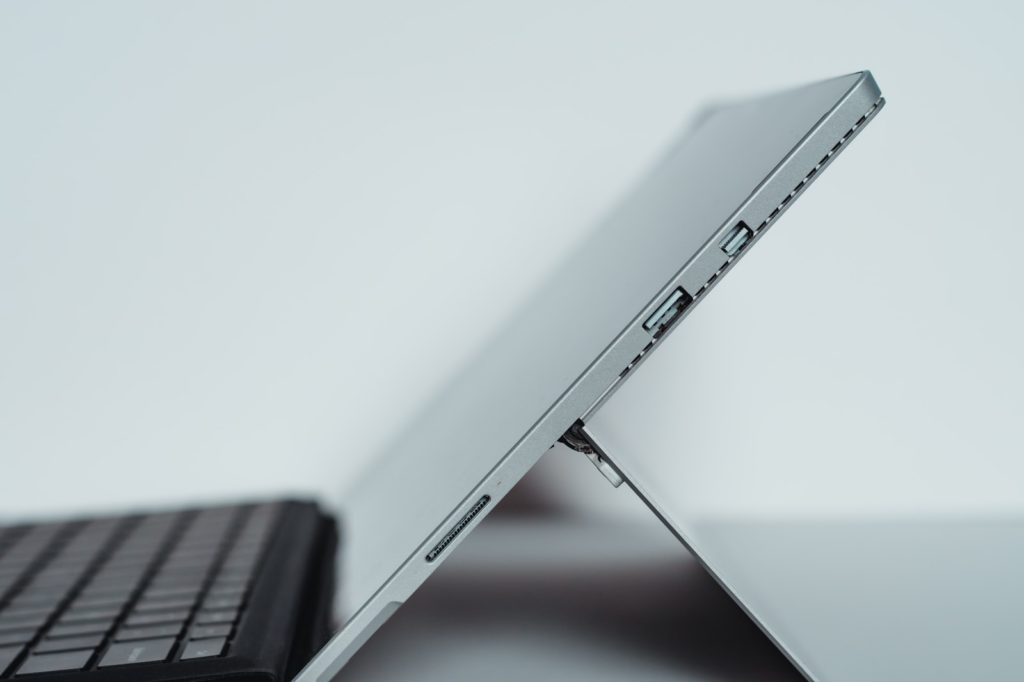Apple's Move
To USB-C For
The New iPhone
Apple’s last big charging-based announcement was magical – not because it was exciting, but because it seemingly did away with cables and replaced them with the ability to charge wirelessly through thin air. That was supposed to be that, right? Wrong. The rumour mill has gone into overdrive (as it always does with the Cupertino giant), and it seems like Apple is planning on changing their input and cable situation. Again.
June 30, 2020
Inside the Lightning connector there is a tiny authentication chip that tells your phone it is MFI Certified. Non-certified cables pop-up a warning on the device – and we all know getting a warning doesn’t feel nearly as exciting as getting a text. (Good thing Curve only sells MFI Certified Lightning cables.) Lightning connectors made up 68% of all cables sold (Unit share 12 Months ending Jul’18). (Source: The NPD Group, Inc. POS Retail Tracking Service).

Thunderbolt and USB-C
Like or loathe Apple, when they change course, everyone follows. They’ve already dabbled, too: USB-C first popped up on Apple’s recent overhaul of the MacBook laptop. This has the potential to be a Blackberry vs. iPhone thing. And we all know how that turned out.
USB-A is the opposite end of the cable, that facilitates charging, and connection to charge your devices. AC (alternating current) Home Charger blocks and DC (direct current) car chargers are equipped with USB-A receptacle sockets; to supply high speed: this is the end that will change.
USB-C is compatible with Thunderbolt 3, assuming they’re high-quality cables. These USB-C cables are certified and electronically marked for high-speed (they can achieve up to 20Gbps) with a standard “Trident” Thunderbolt logo on both ends.
Point of Sale tracking data is showing that USB-C is slowly taking over Micro USB charging cable sales. USB-C products continue to climb, capturing 14% of total cable market revenue, up 8pts. USB-C items command an average +58% ASP premium over Micro USB products. USB-C grew 188% Dollars Percent Change 12 Months ending Jul’18 (Source: The NPD Group/Retail Tracking Service: Mobile Power/ Dollars Earned/Aug 2017 – Jul2018). Curve’s manufacturers are working to supply USB-C as an output option alongside or replacing the current USB-A + Lightning cables.
The most important feature of USB-C cables is the ability to achieve fast charging status. With the appropriate (3.1 Amp) 15W output, Android users can take advantage of their device’s rapid charge feature. To see an increased charging rate, they’ll need to ensure there is enough power. This is where the block comes in – this is the term used for the wall, or AC charger, you plug into a standard home outlet. The AC charging block should, have at minimum 15-Watt output to deliver a rapid charge to your phone; USB-C current is marketed in watts, but there are variations here too. The latest in this tech is the USB-C output block – which currently features USB-C to USB-C cable (with the right output) provides fast charge to Android USB-C compatible devices. In short, if you’ve got a USB-C cable and the right block, you’ll never have to put Fortnite down. Not that you probably could if you even tried, anyways. What we expect to see is USB-C to Lightning cables to charge the new iPhone XI.
So, despite the magic of wireless charging, it’s safe to say that we’re all still going to be plugging something into our phones – and chances are it’s going to be USB-C. While Apple hasn’t always been the best at backwards-compatibility, we’re betting that the USB-A lightning cables will still work with USB-C devices, so you’ll be able to stay charged up. But your tech-obsessed friends may stay out of the red more often (depending on their Fortnite habit, of course…).



 PREVIOUS POST
PREVIOUS POST